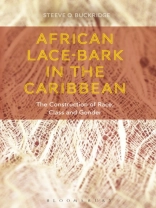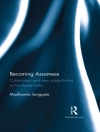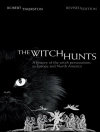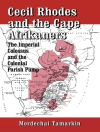In Caribbean history, the European colonial plantocracy created a cultural diaspora in which African slaves were torn from their ancestral homeland. In order to maintain vital links to their traditions and culture, slaves retained certain customs and nurtured them in the Caribbean. The creation of lace-bark cloth from the lagetta tree was a practice that enabled slave women to fashion their own clothing, an exercise that was both a necessity, as clothing provisions for slaves were poor, and empowering, as it allowed women who participated in the industry to achieve some financial independence.
This is the first book on the subject and, through close collaboration with experts in the field including Maroon descendants, scientists and conservationists, it offers a pioneering perspective on the material culture of Caribbean slaves, bringing into focus the dynamics of race, class and gender. Focussing on the time period from the 1660s to the 1920s, it examines how the industry developed, the types of clothes made, and the people who wore them. The study asks crucial questions about the social roles that bark cloth production played in the plantation economy and colonial society, and in particular explores the relationship between bark cloth production and identity amongst slave women.
Steeve O. (Grand Valley State University, Michigan, USA) Buckridge
African Lace-bark in the Caribbean [PDF ebook]
The Construction of Race, Class, and Gender
African Lace-bark in the Caribbean [PDF ebook]
The Construction of Race, Class, and Gender
Köp den här e-boken och få 1 till GRATIS!
Formatera PDF ● Sidor 216 ● ISBN 9781472569325 ● Utgivare Bloomsbury Publishing ● Publicerad 2016 ● Nedladdningsbara 3 gånger ● Valuta EUR ● ID 4905469 ● Kopieringsskydd Adobe DRM
Kräver en DRM-kapabel e-läsare












